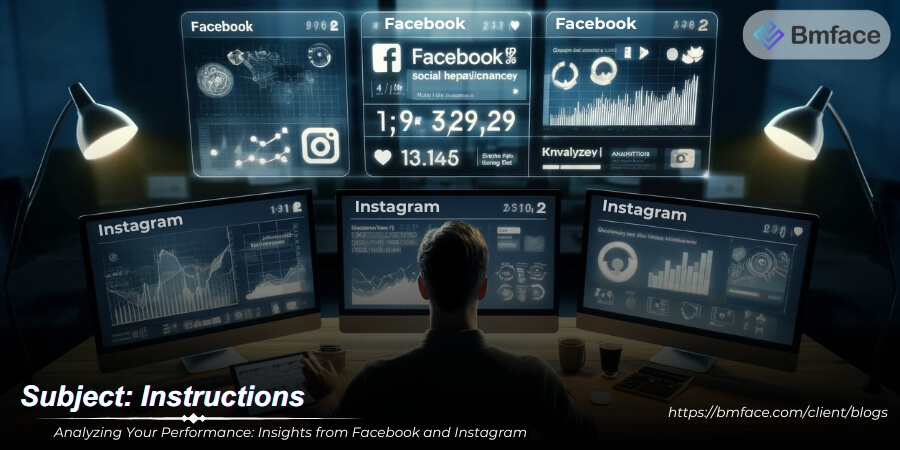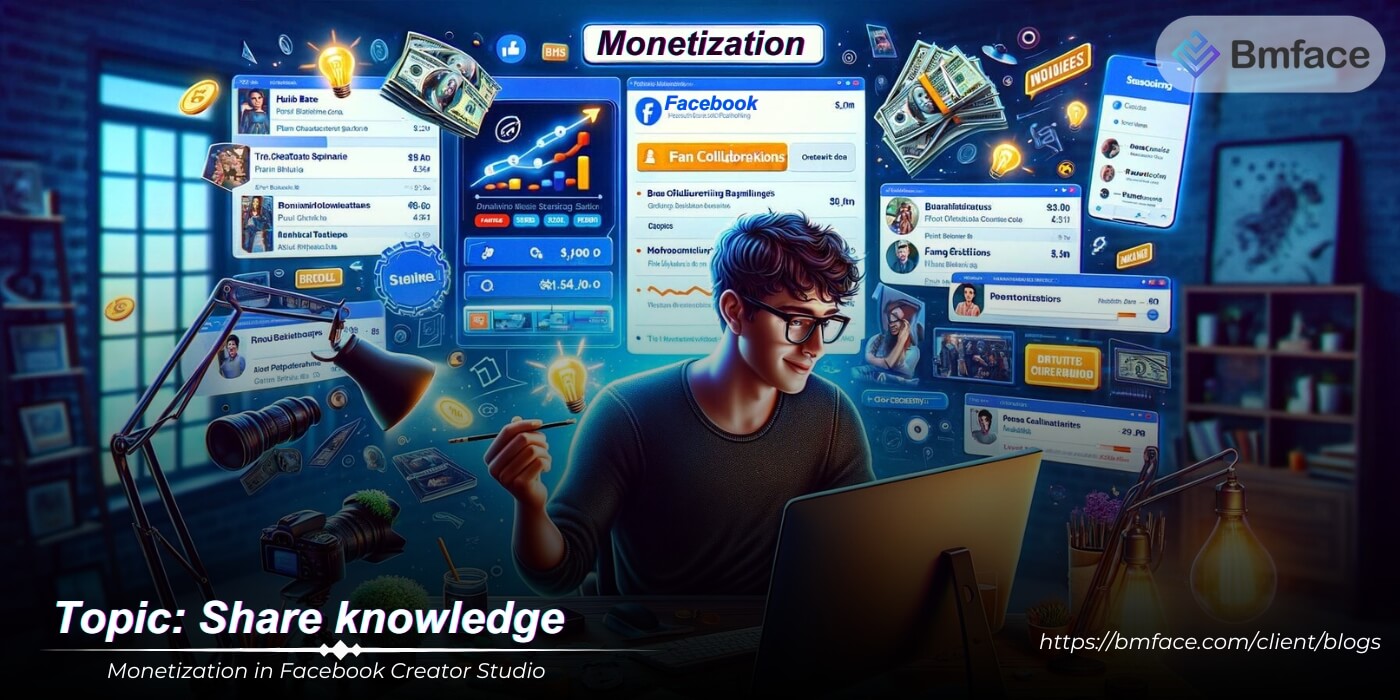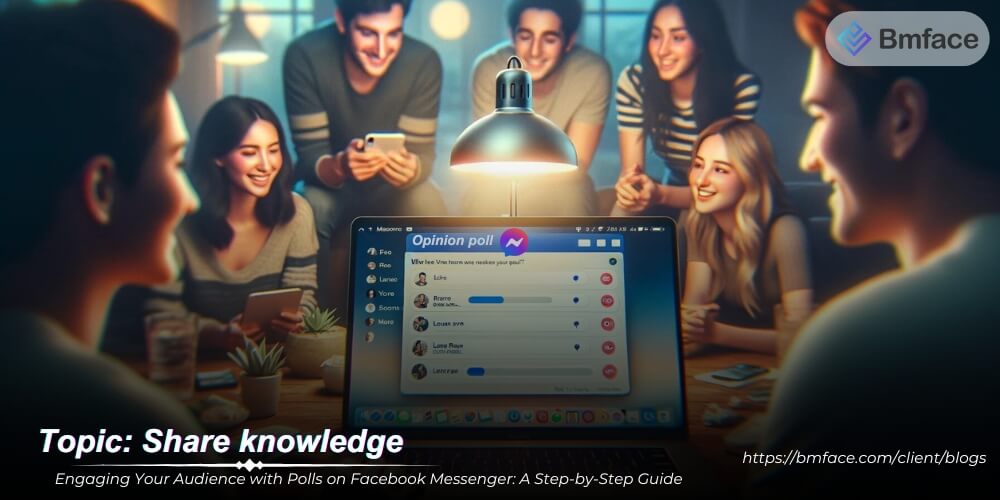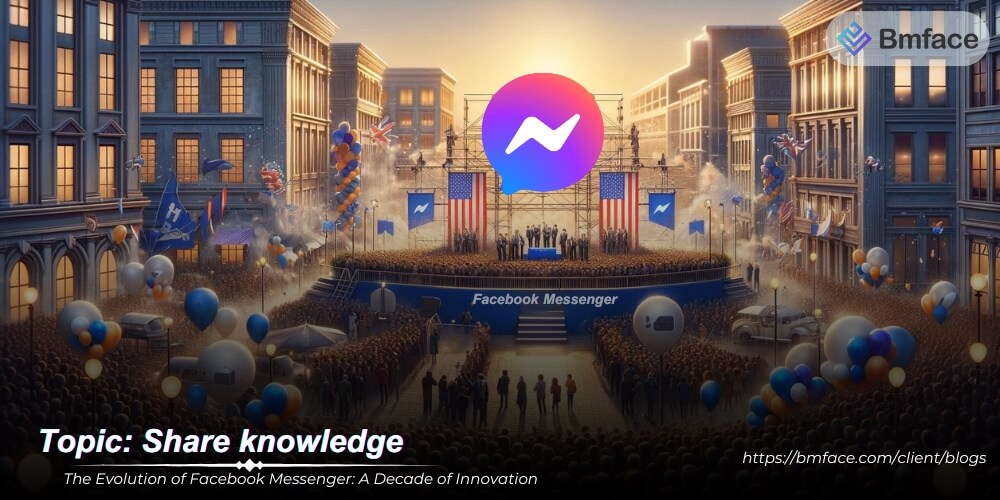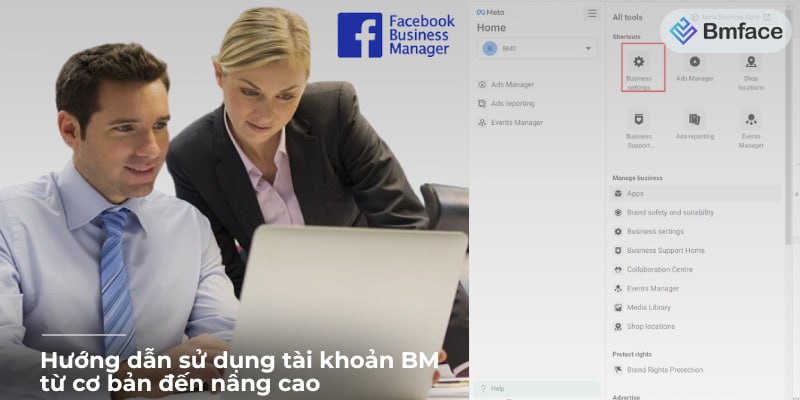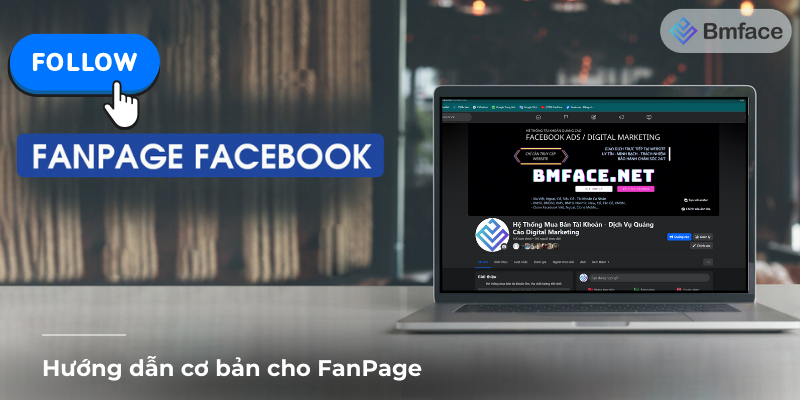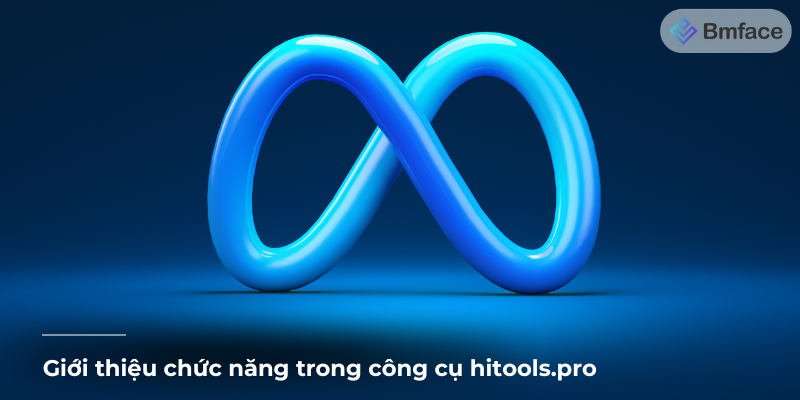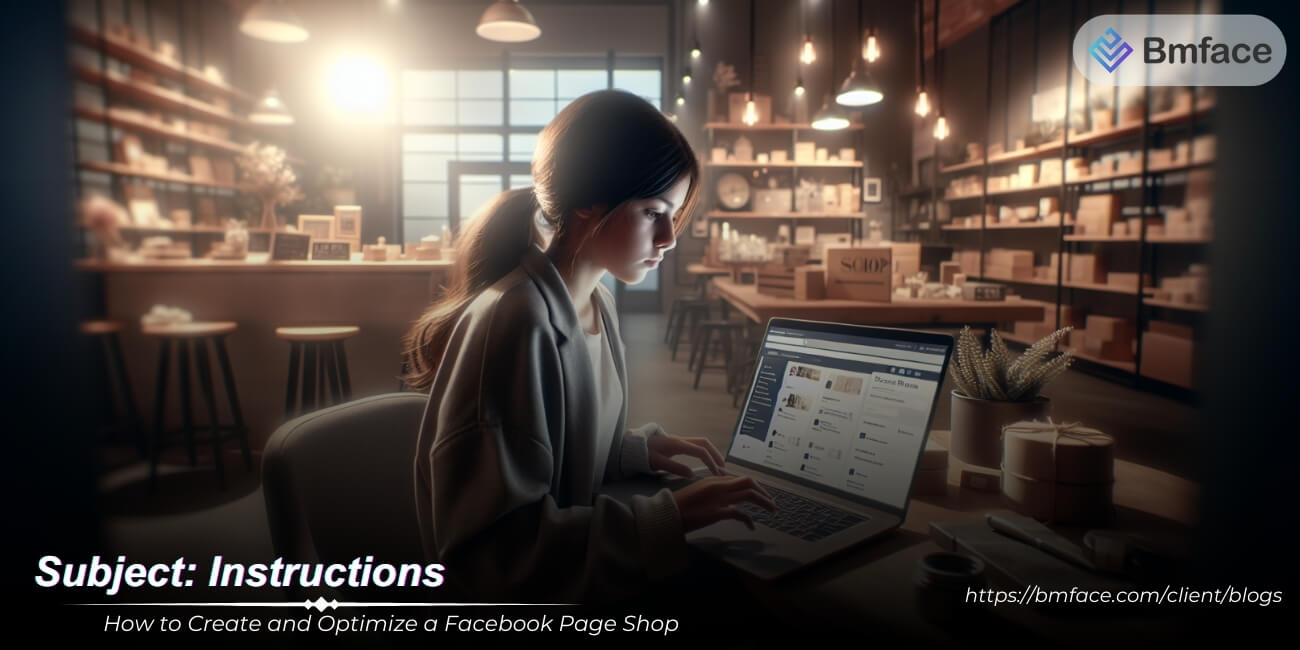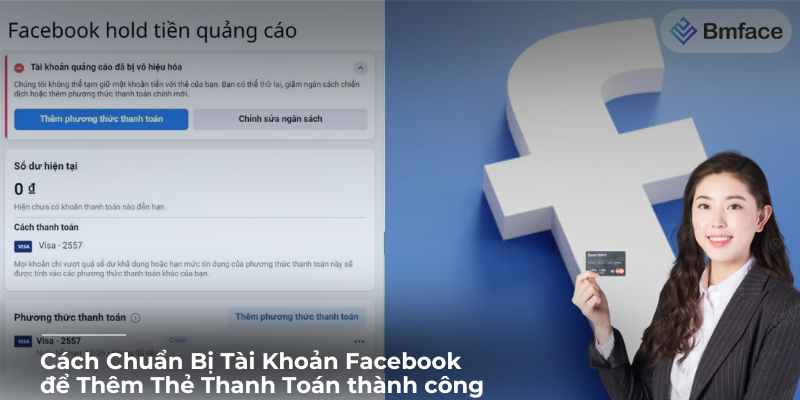In today's digital marketing landscape, understanding audience behavior and post effectiveness is crucial to fine-tuning your content strategy. Facebook and Instagram offer powerful analytics tools that provide valuable insights into your social media performance. BMface will show you how to effectively leverage these tools to enhance your digital marketing efforts.
The Importance of Social Media Analytics
Understanding the importance of social media analytics is crucial for anyone looking to leverage social media platforms effectively to grow their business or personal brand. Analytics provide insights that are essential for fine-tuning your strategy, enhancing your content, and ultimately achieving better outcomes through your social media efforts. Here’s why tracking your social media performance is so important:

1, Enhanced Understanding of Audience Preferences
-
Audience Insights: Analytics provide detailed information about who your audience is and what they like. This includes demographic data, engagement times, and preference trends which help tailor your content to better suit the audience’s interests.
-
Content Optimization: By understanding which types of content garner the most engagement, you can focus more on creating posts, stories, and ads that resonate with your followers. This not only boosts engagement but also increases the relevance of your content.
2, Data-Driven Decision Making
-
Strategic Adjustments: Social media analytics allow you to see what is and isn’t working in real-time, enabling quick adjustments to your strategy. If certain posts are underperforming, you can analyze why and either tweak your approach or pivot to more effective types of content.
-
Campaign Effectiveness: For campaigns, analytics are indispensable. They show you how your campaigns are performing in terms of reach, engagement, and conversion. This helps in optimizing campaigns to ensure they are cost-effective and meet your marketing objectives.
3, Improved Engagement and ROI
-
Engagement Tracking: Engagement metrics such as likes, comments, shares, and views tell you how interactive your audience is with your content. High engagement rates often correlate with higher brand loyalty and customer satisfaction.
-
ROI Calculation: Analytics provide concrete data on the outcomes of your social media activities, making it easier to calculate return on investment. This is crucial for justifying the time and resources spent on social media marketing.
4, Competitive Analysis
-
Benchmarking: Social media analytics allow you to benchmark your performance against competitors. Understanding how you stack up against others in your industry can pinpoint areas for improvement and highlight your strengths.
-
Trend Identification: Keeping track of emerging trends within your industry and consumer behavior changes can help you stay ahead in your market. Analytics provide early indicators of such trends.
Tracking your social media performance using analytics is not just about collecting data; it’s about gaining insights that empower you to make informed decisions, improve your content strategy, and enhance engagement with your audience. Regularly reviewing and analyzing this data ensures that your social media efforts are aligned with your overall business goals and are continuously optimized for success. By embracing social media analytics, you position yourself to take full advantage of the unique opportunities that social media offers for growth and engagement.
Getting Started with Facebook Insights
Getting started with Facebook Insights is crucial for anyone managing a Facebook Page, as it provides essential data that can help you understand how your content is performing and how your audience is engaging with your brand. Here’s a detailed guide on how to access Facebook Insights and what key metrics you should focus on to effectively measure and enhance your social media strategy:

1, Accessing Facebook Insights
Step 1: Navigate to Your Facebook Page
- Log in to your Facebook account and go to your Facebook Page.
- Look for the Insights tab on the top menu of your Page. If you don't see the Insights tab directly, you may find it under the More dropdown menu.
Step 2: Explore the Insights Dashboard
- Once in the Insights section, you’ll find a comprehensive dashboard with various analytics related to your page’s performance. This includes recent post data, engagement rates, and overall page metrics.
2, Key Metrics to Monitor in Facebook Insights
a, Engagement Metrics
- Likes, Comments, and Shares: These are indicators of how engaging and compelling your content is. Higher numbers suggest that your audience finds your posts interesting and worth interacting with.
- Post Reach: This metric shows how many people have seen your posts. Tracking reach helps you understand the effectiveness of your content and whether it’s getting lost in the Facebook news feed.
b. Follower Growth
- New Followers: Monitor how many new followers your page gains over specific periods (daily, weekly, monthly). This helps gauge the growth of your audience and the effectiveness of your engagement strategies.
- Follower Trends: Look for patterns in when you gain or lose followers to identify what content works and what doesn’t.
c, Page Views
- Total Page Views: Knowing how many times your Page has been viewed can help you understand overall interest in your brand.
- Sources of Page Views: This tells you where your page views are coming from, helping you pinpoint effective channels for promoting your Page.
d, Audience Demographics
- Age, Gender, and Location: Understanding who your audience is allows you to tailor your content and advertisements to better suit their preferences and increase engagement.
- Engagement by Demographic: See which segments of your audience are most active in engaging with your content.
e, Video Engagement
- If you post videos, track metrics like Video Views and Average Watch Time to assess the effectiveness of your video content.
3, Utilizing Insights to Optimize Your Page
Analyze and Adjust: Regularly review your insights to understand what types of content perform best. Use this data to adjust your content strategy and post more of what works well.
Experiment: Don’t be afraid to try new types of posts based on the data from Insights. Experimenting can lead to discovering new ways to engage your audience.
Schedule Posts Strategically: Use data on when your audience is most active (available in the Posts section of Insights) to schedule posts for optimal visibility and engagement.
Facebook Insights is a powerful tool that offers a deep dive into how your Page is performing and how your audience interacts with your content. By regularly monitoring these insights and adapting your strategy accordingly, you can significantly improve your engagement rates, grow your follower base, and ultimately achieve your marketing objectives more effectively. Whether you’re a small business, a large corporation, or a personal brand, leveraging Facebook Insights is essential for maximizing the impact of your Facebook presence.
Leveraging Instagram Insights
Leveraging Instagram Insights is essential for anyone looking to optimize their Instagram strategy. Whether you're a brand, a content creator, or a marketer, understanding how to access and interpret these insights can provide you with valuable data to enhance your Instagram presence effectively. Here’s how you can get started and what metrics to pay attention to:
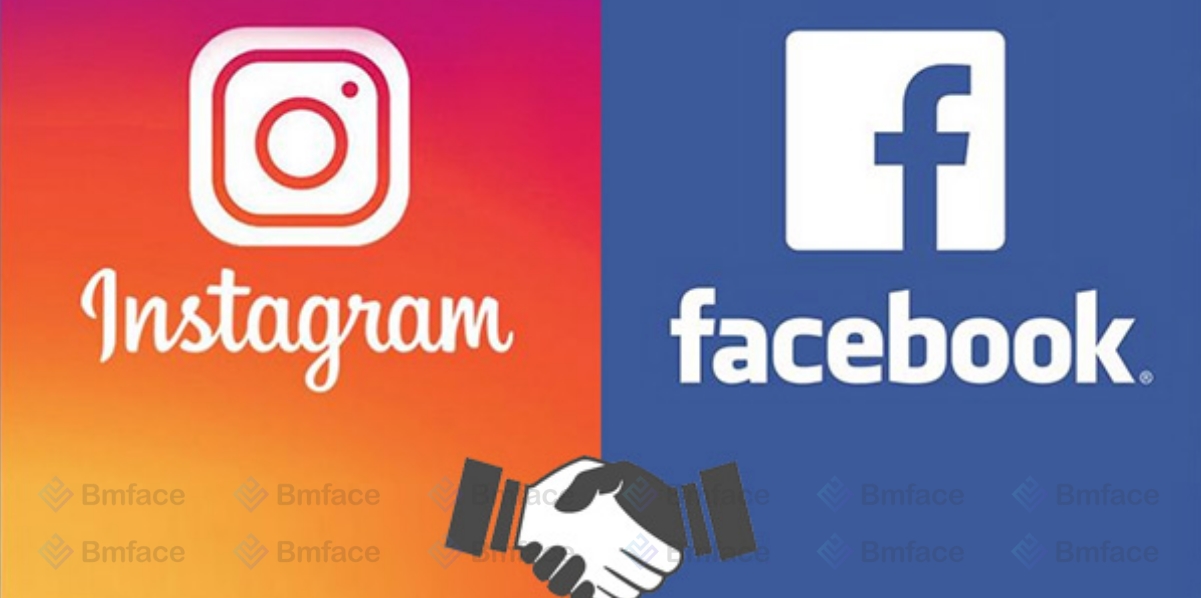
1, How to Access Instagram Insights
Step 1: Accessing Insights
- Ensure your Instagram account is set to a Business or Creator profile, as Insights are not available for personal accounts.
- On your Instagram profile, tap the hamburger icon (three horizontal lines) in the top right corner.
- Select Insights from the menu. This section provides a comprehensive overview of various metrics related to your account’s performance.
Step 2: Navigating Instagram Insights
- Within Insights, you can navigate between tabs dedicated to Content, Activity, and Audience. Each tab provides specific data:
- Content: Shows performance stats for your posts, stories, and promotions.
- Activity: Tracks profile visits, website clicks, and reach.
- Audience: Displays demographics and growth metrics for your followers.
2, Important Instagram Metrics
a, Content Engagement
- Likes, Comments, Saves, and Shares: These are direct indicators of how engaging your content is to your audience. High engagement rates typically suggest that your content resonates well with your followers.
- Post Reach and Impressions: Understanding the reach (how many unique users see your post) and impressions (how many times your post is seen) can help you gauge the effectiveness of your content visibility.
b, Audience Insights
- Demographics: Insights provide data on the age, gender, and geographical distribution of your followers. This information is crucial for tailoring your content to fit the demographic profile of your audience.
- Most Active Times: Instagram Insights shows when your followers are most active on the platform. Posting during these peak times can increase the chances of engagement and visibility.
c, Story Performance
- Views and Interactions: Track how many people view your stories and interact with them (e.g., swipes, replies). This can inform what story content keeps your audience engaged.
- Completion Rate: For longer stories, knowing the completion rate (how many people watch your story from start to finish) can help determine if your content holds the audience's attention.
d, Video Performance
- Views: For video posts, pay attention to the view counts and compare them with engagement metrics like likes and comments to assess viewer interest.
- Watch Duration: This metric is important for understanding if your videos maintain viewer interest or if they drop off at certain points.
3, Tips for Using Instagram Insights
- Regular Review: Make it a routine to check your Insights regularly to stay updated on trends and shifts in audience behavior.
- Experiment and Adapt: Use the data from Insights to experiment with different types of content, posting times, and strategies to see what yields the best results.
- Content Strategy: Align your content strategy with the insights gained from your metrics. If certain types of posts perform better, consider focusing more on that content style.
Instagram Insights is a powerful tool that offers detailed information on how your content performs and who your audience is. By effectively leveraging this tool, you can make informed decisions that enhance your Instagram strategy, improve engagement, and grow your following. Remember, the key to success on Instagram lies in understanding your audience and continuously adapting your content to meet their preferences and behaviors.
Integrating Insights from Both Platforms
Integrating insights from both Facebook and Instagram can significantly enhance your social media strategy by providing a comprehensive understanding of your audience's behaviors and preferences across platforms. Here’s how you can perform a comparative analysis and effectively utilize the data to optimize your content and messaging:
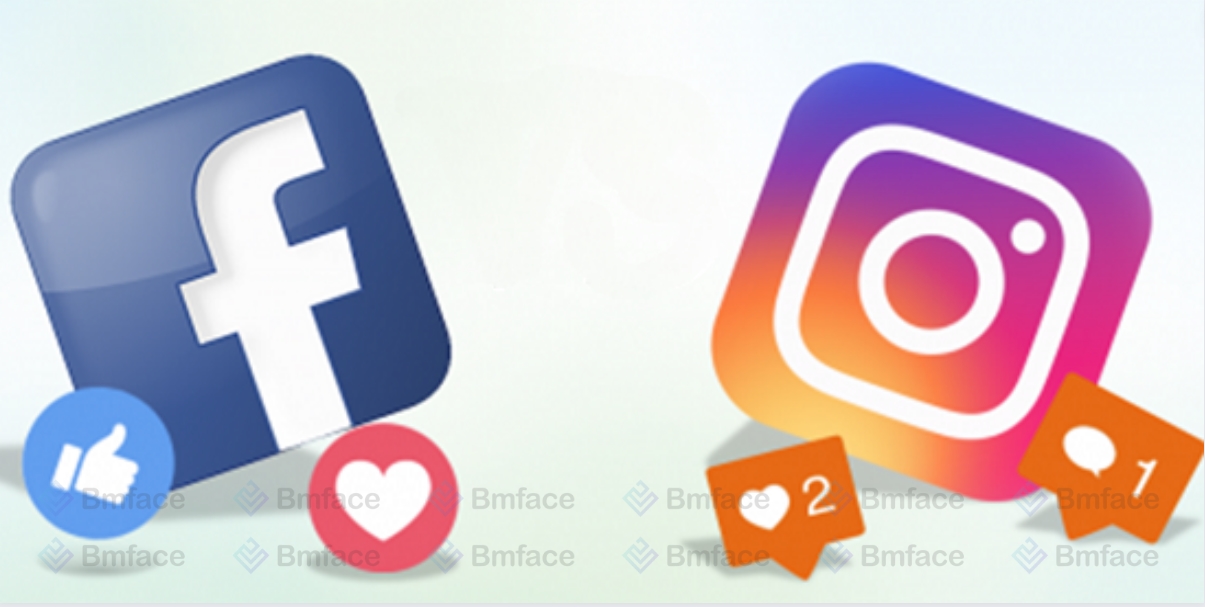
1, Comparative Analysis
a, Cross-Platform Performance Analysis
- Content Type Performance: Evaluate how different types of content (e.g., images, videos, stories) perform on each platform. You might find that videos have a higher engagement on Instagram but informative posts do better on Facebook.
- Engagement Metrics Comparison: Compare likes, comments, shares, and reach metrics across platforms to identify which platform is more effective for various engagement goals.
- Campaign Effectiveness: If you run parallel campaigns on Facebook and Instagram, analyze the results from both to determine which platform yielded a better ROI or had a greater impact on your specific objectives.
b, Audience Overlap and Segmentation
- Demographic Analysis: Use Facebook and Instagram insights to assess the demographic similarities and differences in your audience on each platform. This might include age, gender, location, and interests.
- Behavioral Overlap: Determine if there are behavioral overlaps, such as content preferences or interaction times, which can inform when and what you post on each platform.
- Customized Messaging: If you identify significant audience overlap, consider unifying your messaging to maintain consistency across platforms. However, tailor the delivery to suit the native format and audience expectation of each platform.
2, Strategic Adjustments
a, Unified Content Strategy
- Holistic Approach: Develop a content strategy that leverages the strengths of each platform while maintaining a cohesive brand voice and message.
- Platform-Specific Adjustments: While keeping a unified strategy, make necessary adjustments to cater to the unique features and audience behavior of each platform.
b, Targeting and Personalization
- Segmented Advertising: If your analysis reveals distinct audience segments on each platform, tailor your advertising strategies to target these segments effectively.
- Cross-Promotion Techniques: Utilize cross-promotion strategies to guide followers from one platform to another, enhancing your reach and engagement across your social media presence.
c, Scheduling and Frequency
- Optimized Posting Times: Adjust your posting schedule based on the active hours of your audience on each platform to maximize visibility and engagement.
- Content Calendar Coordination: Coordinate your content calendar to ensure that campaigns are synchronized across platforms, yet optimized for the best times on each.
3, Analytics Tools and Integration
- Use Comprehensive Tools: Consider using third-party analytics tools that can integrate data from both Facebook and Instagram for a more streamlined analysis.
- Regular Reviews: Set a schedule for regular reviews of your analytics to quickly adapt to changes in audience behavior and platform algorithms.
Integrating insights from Facebook and Instagram provides a valuable opportunity to fine-tune your social media strategy for better alignment with audience needs and preferences across platforms. By conducting a thorough comparative analysis and making strategic adjustments based on these insights, you can enhance engagement, strengthen your brand presence, and achieve more cohesive and effective social media communications. This approach not only ensures consistency in your messaging but also optimizes your efforts to match the unique dynamics of each platform.
Actionable Strategies Based on Analytics
Leveraging analytics from platforms like Facebook and Instagram provides you with powerful insights that can significantly enhance your content strategy and audience engagement. Here’s how you can translate these insights into actionable strategies that will refine your approach and maximize your social media impact:
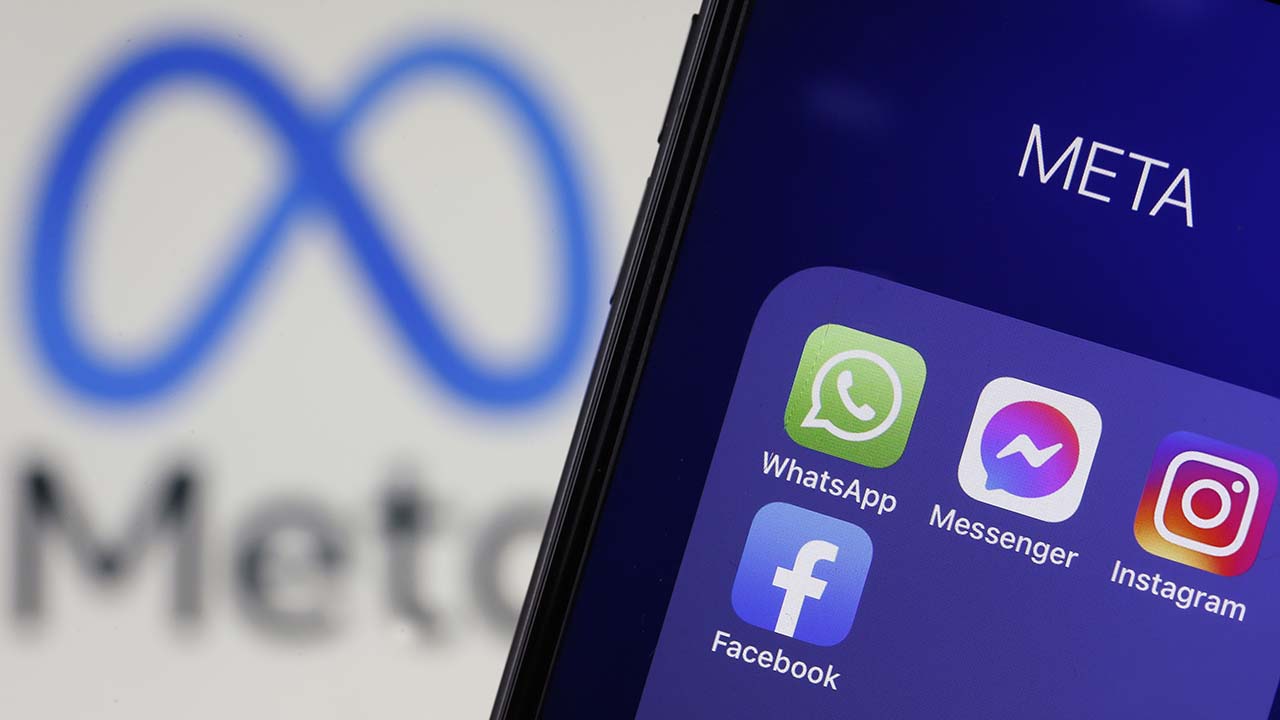
1, Content Optimization
a, Tailor Your Content
- Align Content with Audience Preferences: Use the insights gathered about what types of content (e.g., videos, images, tutorials) resonate most with your audience. Adjust your content strategy to focus more on these preferences.
- Optimize Posting Times: Analyze when your audience is most active on each platform. Schedule your posts during these peak times to increase visibility and engagement.
b, Experiment and Iterate
- Test Various Content Formats: Continuously experiment with different content formats to see what engages your audience the most. This could include trying out new video lengths, graphic styles, or interactive elements.
- Refine Based on Feedback: Use engagement metrics as feedback to iterate on your content. Keep refining your approach based on what the data tells you about how each post performs.
2, Audience Engagement
a, Create Interactive Content
- Polls and Quizzes: Incorporate polls, quizzes, and interactive stories to engage your audience actively. These formats are not only engaging but also provide direct feedback from your followers about their preferences and opinions.
- Ask Questions: Encourage conversation by ending posts with questions or calls to action that invite comments and discussions. This can increase engagement rates and foster a community feeling.
b, Personalized Responses
- Engage Personally with Followers: Make an effort to respond personally to comments and messages. Personalized interactions significantly enhance audience relations and can turn casual followers into loyal fans.
- Community Building: Use insights to identify active users and brand advocates. Engage with them regularly to strengthen community ties and encourage them to promote your content organically.
3, Leveraging User-Generated Content
- Encourage User-Generated Content: Invite your audience to share their own content related to your brand, such as using a specific hashtag or participating in a challenge. This not only provides you with additional content but also increases engagement and loyalty.
Conclusion
Utilizing Facebook and Instagram insights effectively is crucial for developing a dynamic social media strategy that is responsive to your audience’s changing preferences. By optimizing your content, encouraging interactive engagement, and continuously iterating based on analytics, you can significantly enhance the effectiveness of your social media efforts. Remember, the ultimate goal is to create content that resonates deeply with your audience, fosters lasting relationships, and builds a strong, engaged community around your brand. With strategic use of insights and an adaptive content strategy, you can achieve greater success and a more substantial impact through your social media platforms.
Don't forget to follow Bmface and tutorial blog to update more interesting content!
Cảm ơn bạn đã theo dõi bài viết. Mua hàng tại Bmface.com để ủng hộ đội ngũ Admin viết thêm nhiều bài viết hay. Xin cảm ơn!


